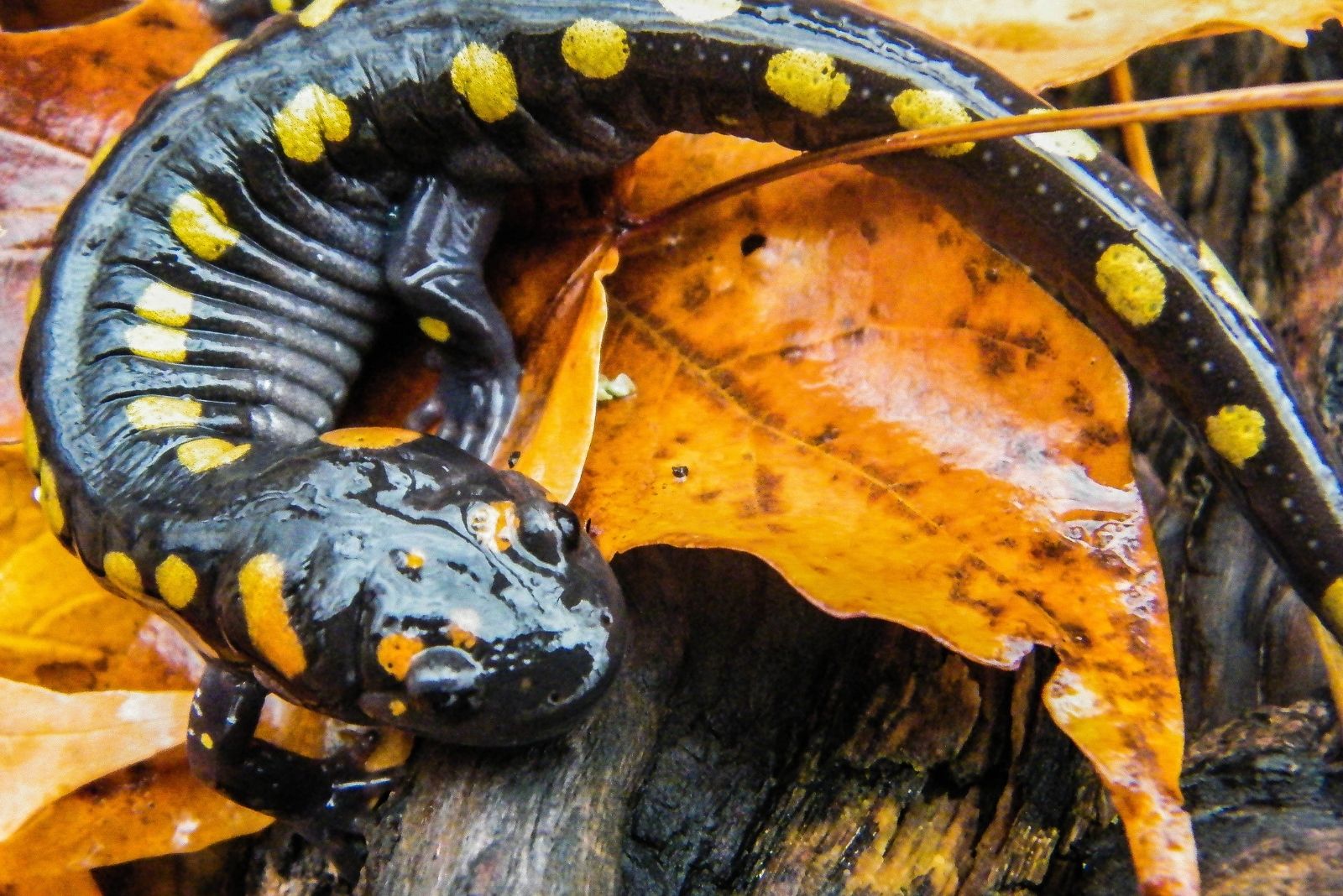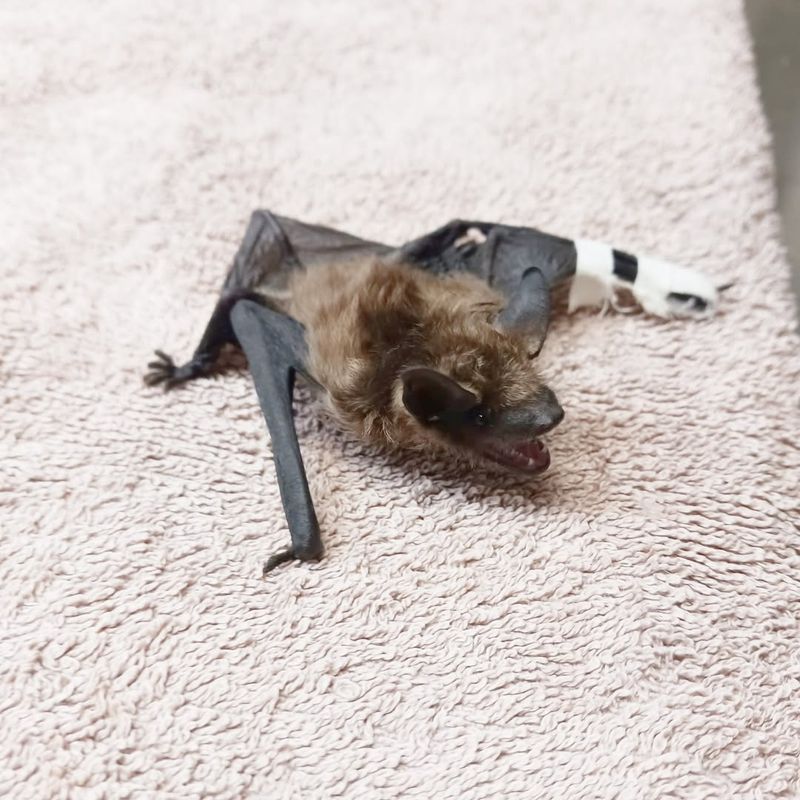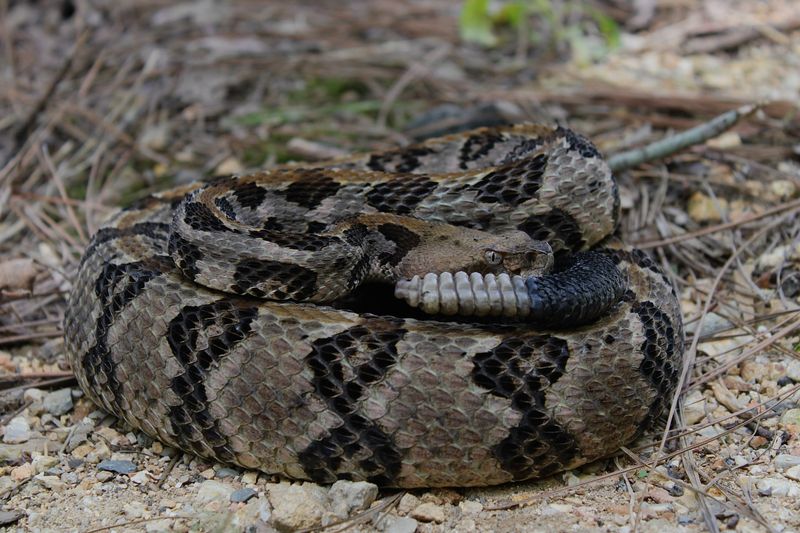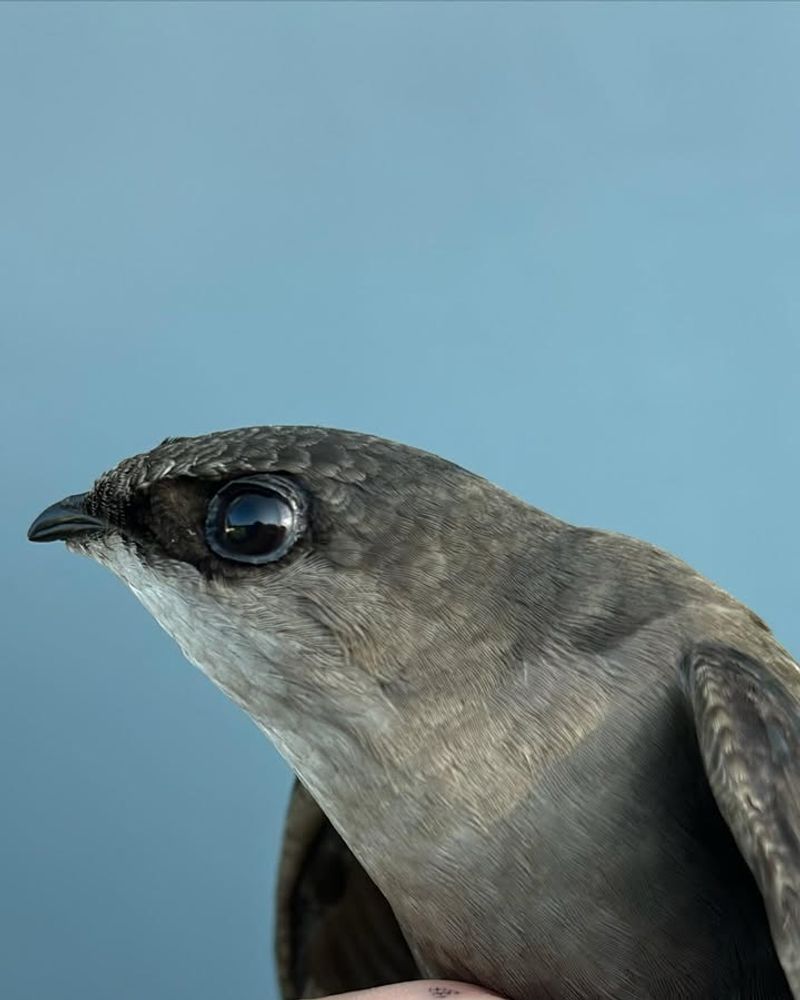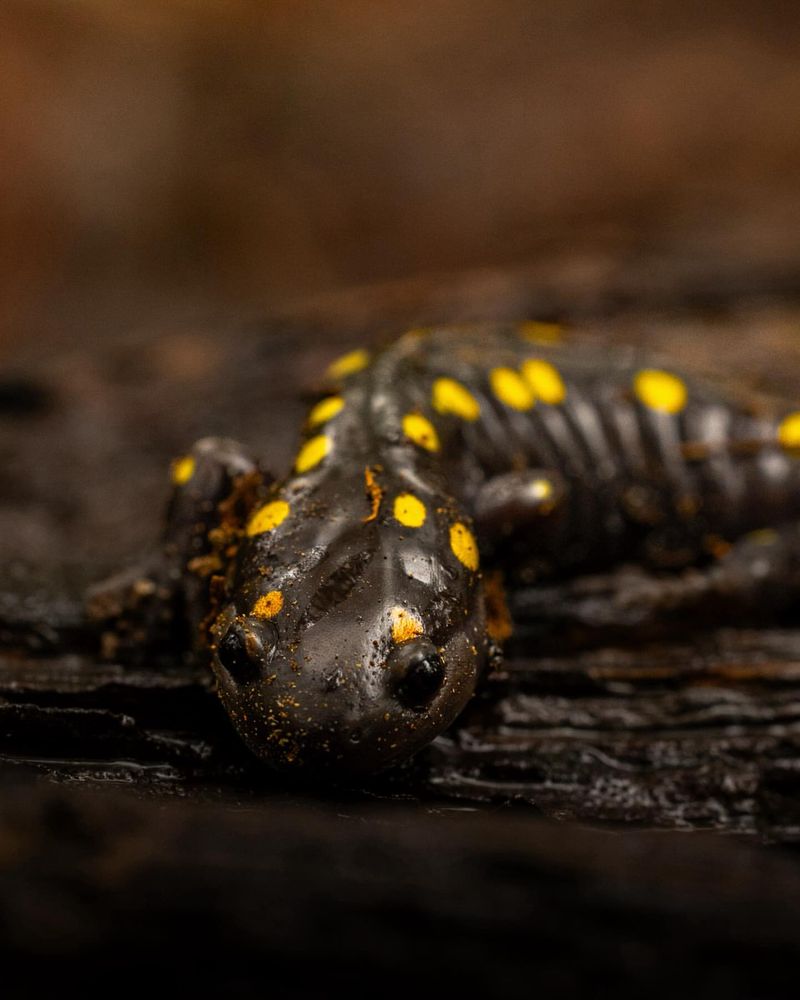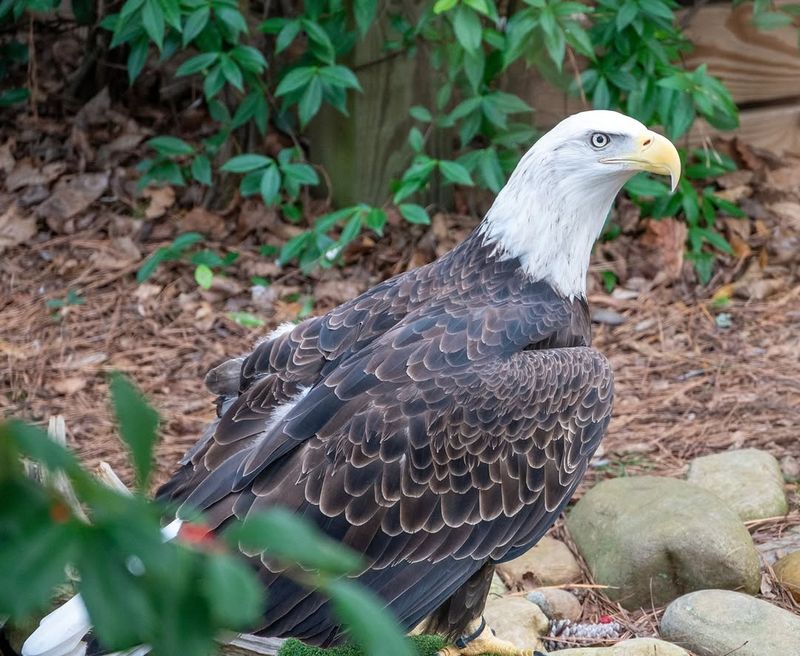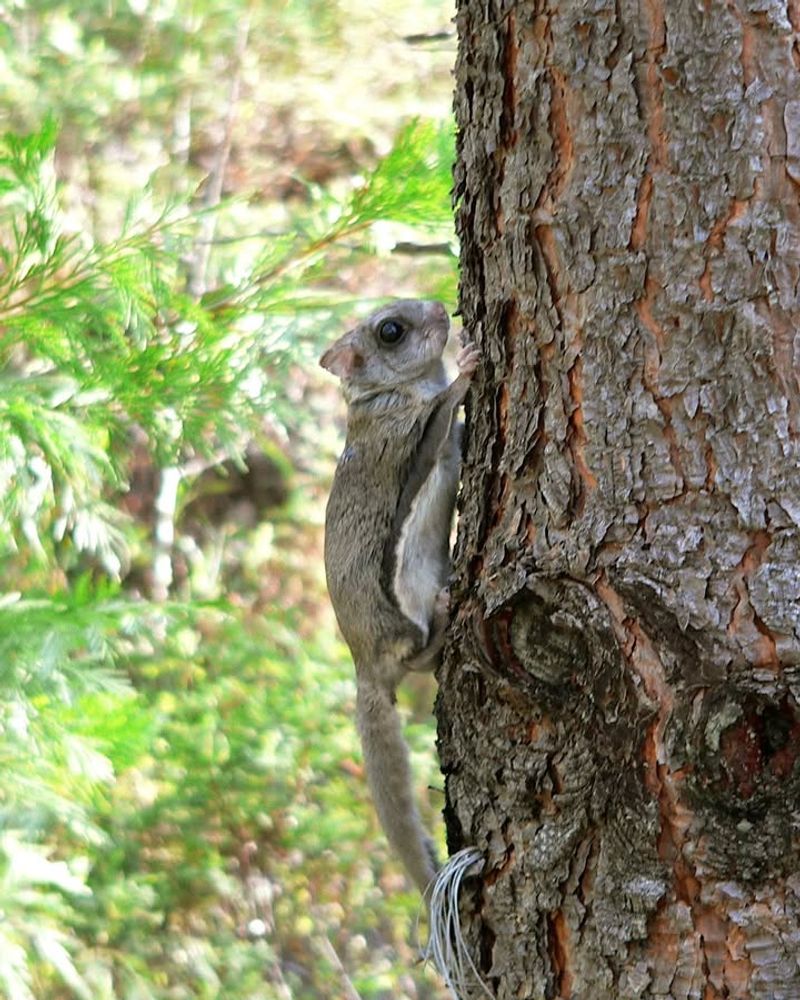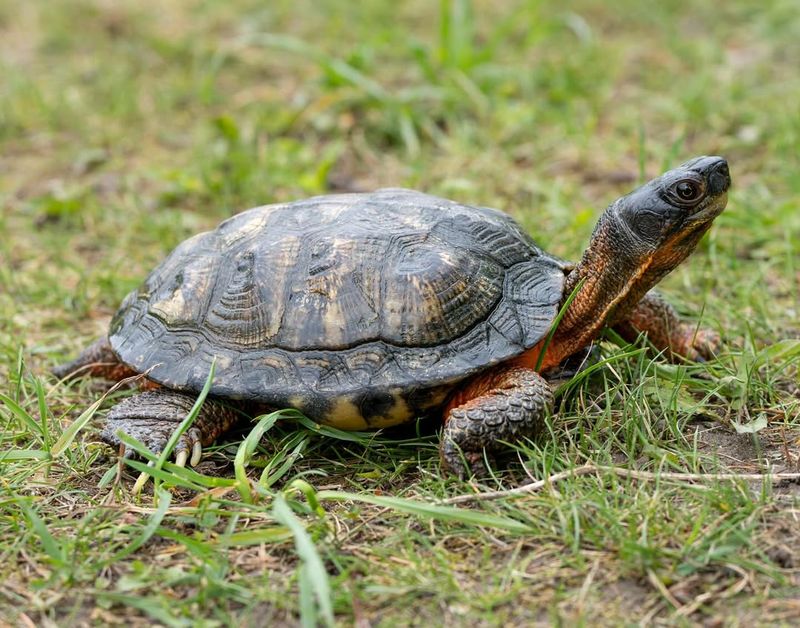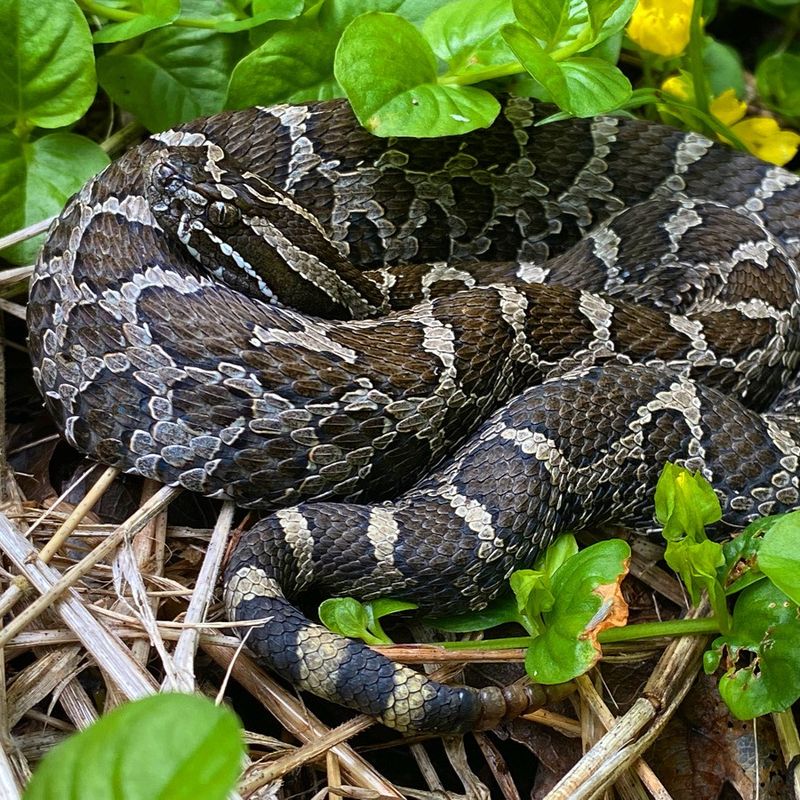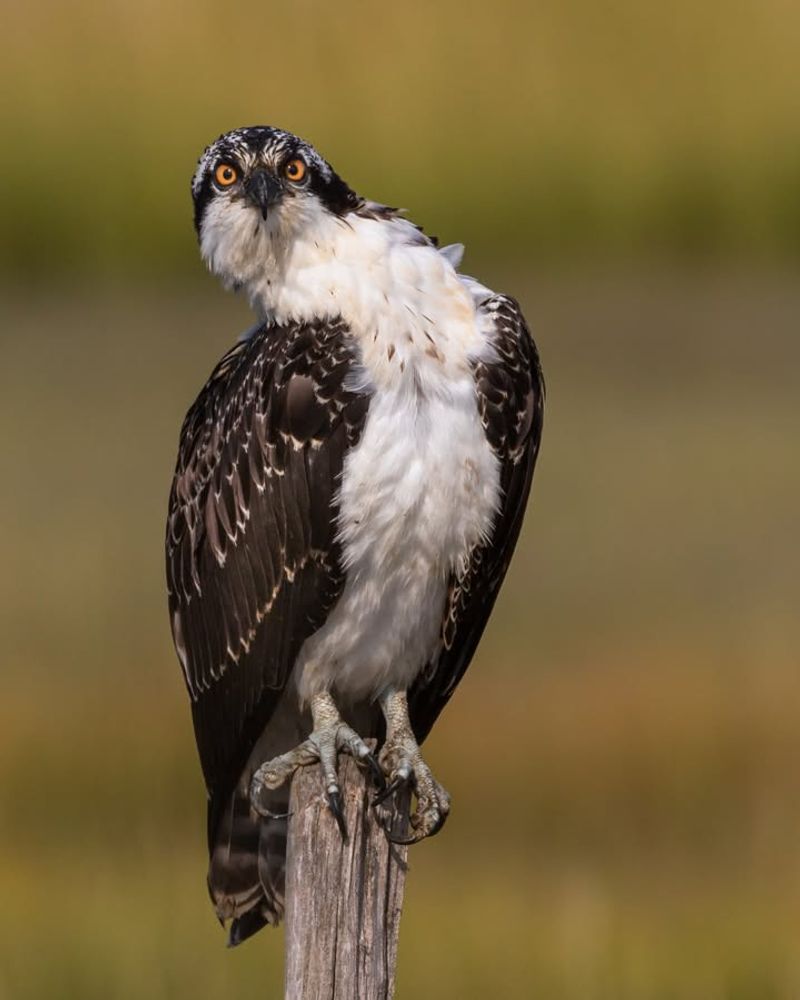Living in Pennsylvania means sharing your space with all kinds of wildlife, from tiny birds to scaly reptiles. But did you know that some animals showing up in your yard or home are actually protected by law?
Whether they’re nesting in your attic or digging in your garden, certain creatures can’t just be removed without proper permits. Understanding which animals fall under this protection helps you stay on the right side of the law while respecting nature.
1. Eastern Box Turtle
Spotting one of these colorful reptiles slowly crossing your lawn might seem like a perfect opportunity to relocate it, but think again. Pennsylvania law strictly protects box turtles, making it illegal to capture, harm, or move them from your property.
These ancient wanderers have roamed the same territories for generations, and removing them disrupts their survival.
If you find one in your garden, simply let it pass through naturally. They eat slugs and insects, making them helpful neighbors rather than pests worth worrying about.
2. Little Brown Bat
Finding a colony of these tiny mammals in your attic can feel alarming, but Pennsylvania residents cannot legally evict them during certain seasons.
Bats are protected under state law, especially during their maternity period from May through July when mothers are raising young. Removing them at the wrong time could separate mothers from babies, causing unnecessary deaths.
Instead, wait until late summer and hire licensed professionals for humane exclusion. Bats devour thousands of mosquitoes nightly, providing free pest control that benefits everyone.
3. Timber Rattlesnake
Discovering a venomous snake near your home naturally triggers fear, yet Pennsylvania law prohibits killing or relocating timber rattlesnakes without authorization. These reptiles are considered threatened within the state, earning them legal protection despite their intimidating reputation.
Rather than attempting removal yourself, contact wildlife officials who can safely handle the situation. Timber rattlesnakes typically avoid human contact and prefer retreating to hunting rodents.
Learning to coexist from a respectful distance keeps both you and these misunderstood predators safe from unnecessary conflict or legal trouble.
4. Chimney Swift
Hearing scratching and chirping echoing down your chimney means swifts have likely moved in for nesting season. Federal law protects these acrobatic birds under the Migratory Bird Treaty Act, making it illegal to disturb their nests while occupied.
Pennsylvania homeowners must wait until the young fledge before cleaning chimneys or installing caps. The nesting period usually runs from late spring through summer.
These insect-eating birds consume vast quantities of flying pests daily, offering significant benefits that outweigh the temporary inconvenience of sharing your flue.
5. Spotted Salamander
With bold yellow polka dots covering their dark bodies, these amphibians look like something from a fantasy story. Pennsylvania protects spotted salamanders as non-game species, prohibiting their capture or removal from properties where they naturally occur.
They emerge on rainy spring nights to breed in vernal pools, then spend most of their lives underground. Finding one in your garden indicates healthy soil and a balanced ecosystem.
Rather than viewing them as intruders, appreciate their role controlling insects and serving as environmental health indicators for your neighborhood.
6. Bald Eagle
America’s national symbol nesting near your property might seem thrilling until you realize the restrictions that come with it. Both federal and Pennsylvania state laws fiercely protect bald eagles, forbidding any disturbance to their nests or territories.
Even trimming trees near an active nest requires permits and professional guidance. These magnificent raptors have made remarkable comebacks across Pennsylvania after nearly vanishing decades ago.
If eagles choose your area, consider it an honor and maintain respectful distances, as violations carry hefty fines and potential criminal charges.
7. Northern Flying Squirrel
Strange scratching sounds at night might reveal these nocturnal gliders have taken up residence in your walls or attic. Pennsylvania classifies northern flying squirrels as protected, particularly in certain regions where populations face threats.
Unlike their common gray cousins, these squirrels cannot be trapped or removed without proper wildlife permits. Their presence indicates mature forests and healthy ecosystems nearby.
Working with licensed rehabilitators ensures humane exclusion methods that comply with state regulations while addressing your concerns about unwanted houseguests sharing your living space.
8. Wood Turtle
These intelligent reptiles with sculptured shells sometimes wander far from water into gardens and yards. Pennsylvania lists wood turtles as a species of special concern, making it illegal to collect, sell, or relocate them from your property.
They’re surprisingly smart, capable of learning and problem-solving beyond most reptiles. Habitat loss threatens their survival across the state.
If one appears in your garden, leave it alone and consider yourself lucky to witness such a remarkable creature going about its ancient business in the modern world.
9. Great Blue Heron
Standing nearly four feet tall with a prehistoric appearance, these wading birds sometimes visit backyard ponds hunting for fish or frogs. Pennsylvania and federal laws protect great blue herons under migratory bird regulations, prohibiting harassment or harm.
Homeowners with koi ponds may feel frustrated watching expensive fish disappear, but removing herons remains illegal. Installing netting over ponds offers a legal solution that protects both your fish and the birds.
These patient hunters play important roles in aquatic ecosystems, controlling populations of various prey species throughout Pennsylvania’s waterways and wetlands.
10. Eastern Massasauga Rattlesnake
Pennsylvania’s smallest rattlesnake species carries both federal endangered status and state protection, making any interference with them seriously illegal. These shy reptiles prefer wetland habitats but occasionally appear in adjacent yards during warm months.
Despite their venom, massasaugas rarely bite humans and prefer escaping over confrontation. Their populations have declined dramatically due to habitat destruction across their limited Pennsylvania range.
Encountering one requires backing away slowly and contacting wildlife professionals rather than attempting removal, as penalties for harming endangered species include substantial fines and prosecution.
11. Osprey
These fish-eating raptors build massive stick nests on tall structures, sometimes choosing inconvenient locations like utility poles or platforms near homes. Pennsylvania law protects ospreys under both state and federal migratory bird regulations, prohibiting nest removal during breeding season.
Their recovery from pesticide-induced decline represents a conservation success story across the state. Active nests cannot be disturbed from March through August when birds are raising young.
Property owners concerned about nest locations should contact wildlife agencies for guidance on legal alternatives that protect both human interests and these remarkable fishermen.

